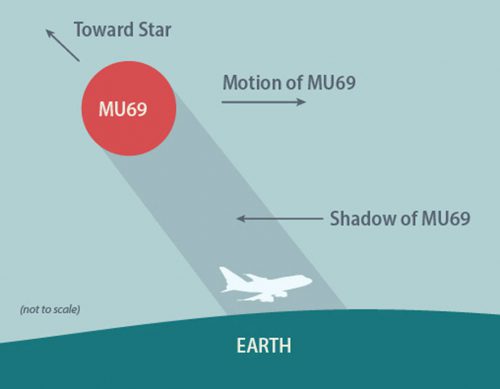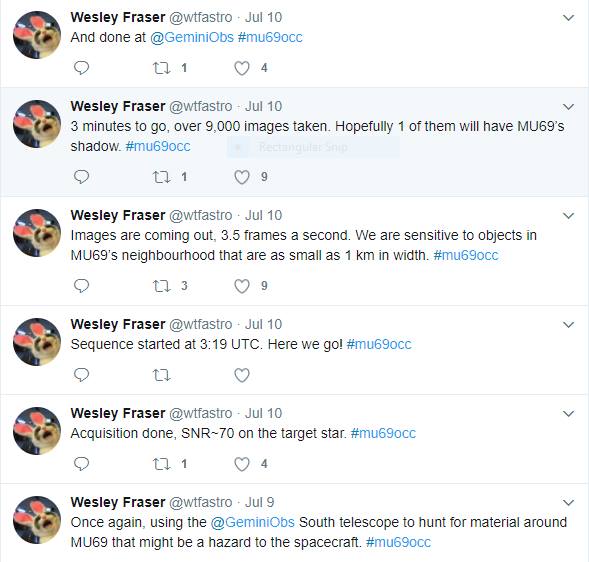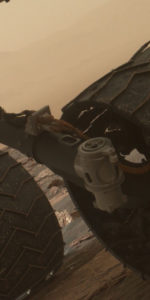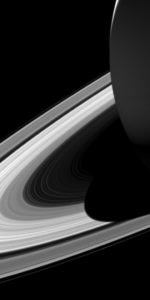
July 14, 2015, marks the first day where humanity completed the first reconnaissance of every “planet” in our solar system, when NASA’s $728 million, piano-sized 1,000 pound New Horizons spacecraft made its closest approach to Pluto and its largest moon, Charon, cruising less than 8,000 miles over the surface of Pluto and putting its seven high-tech science instruments into overdrive as it cruised by at 31,000 mph, fulfilling its destiny after a 9.5 year journey across 3 billion miles – some 32 times further from the sun than the Earth is.
It wasn’t long after, that NASA aimed the spacecraft for its next target, which lies 1 billion miles beyond Pluto; over 4 billion miles from home.

The object is called 2014 MU69, and New Horizons has already crossed the halfway point between both worlds for a New Years Day flyby at 2:00 a.m. EDT on January 1, 2019. It was first spotted by the Hubble Space Telescope in 2014, and was selected from a group of candidates as being the best target for New Horizons after Pluto, since it will take less fuel to get there.
It’s a tiny world, only maybe 20 miles across, and New Horizons will fly past it at a much closer distance than it did Pluto – only about 1,900 miles (3,000 kilometers) from the surface. But a lot is not known about 2014 MU69 because it is so small and faint, such as whether or not there are any unseen satellites, rings or other debris orbiting the world that could pose a danger to the spacecraft.
So to make more detailed observations of the mysterious tiny world, the New Horizons team just pulled off something incredible. They used data from both Hubble and the European Space Agency’ Gaia satellite to calculate where MU69 would cast a shadow on Earth’s surface as it passed in front of a star, and intercepted it over the Pacific Ocean onboard NASA’s Stratospheric Observatory for Infrared Astronomy (SOFIA) so its flying telescope could observe the occultation to see how the light from the star changed in the process.
Such advance observation are critical in flyby planning, and have served New Horizons well in the past. In late June 2015, SOFIA made similar observations of Pluto during another occultation event and intercepted its shadow, giving the mission team a valuable atmospheric dataset and confidence for the “all clear” on final approach to Pluto.
“There are differences that make SOFIA’s observations for the MU69 flyby more difficult than those done in support of the Pluto flyby,” says NASA.
“Because of its small size and large distance from Earth, the shadow cast by MU69 is about 100 times smaller than that of Pluto. This small size, relative to the positional accuracy of the aircraft, makes the planned observation very challenging for SOFIA. The small size of the shadow and the uncertainty in its position means that SOFIA might not succeed in flying through the shadow. Still, SOFIA may be able to provide important data given the plane’s vantage point from above the clouds, which removes bad weather as an observation obstacle, and given that the shadow falls in the middle of the Pacific Ocean, where it is inaccessible to smaller, ground-based telescopes.”
At the same time SOFIA was attempting to image MU69 over the Pacific, on land in Chile, the Gemini Observatory South was also attempting to do the same.

.
.
Be sure to “LIKE” AmericaSpace on Facebook and follow us on Instagram & Twitter!
.
Missions » New Horizons »





The graphic is misleading. Taken literally “Motion of MU69” implies a retrograde orbit. Should say relative to Earth.
Not in the southern hemisphere, I think…